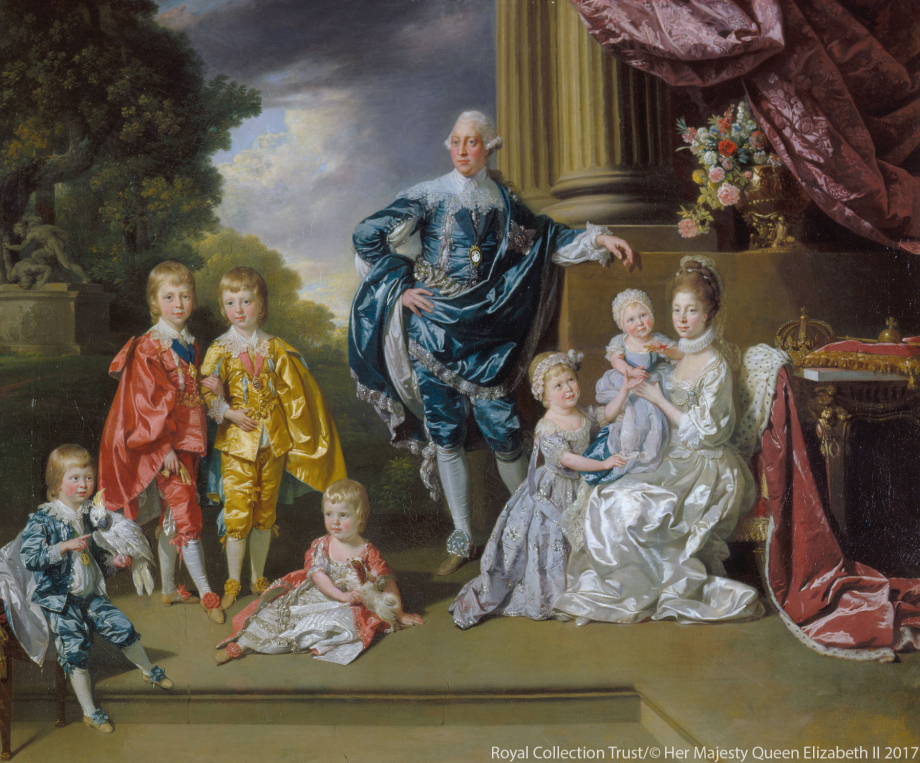Racial relations in Georgian England were far more complicated than “Bridgerton” and “Queen Charlotte” suggest. According to Historic England, around 15,000 Black people lived in the country during the second half of the 18th century. The majority of these individuals worked in the domestic service as either paid or enslaved servants. Though Britain abolished the slave trade in 1807—in no small part due to the efforts of Black abolitionists like Ignatius Sancho and Olaudah Equiano—slavery remained legal in the British colonies until 1833, and an exploitative practice in which newly freed adults were forced to work as apprentices for years remained in place until 1838.
“Bridgerton” takes place at a time when “diversity as we know what the word means did not exist,” historian Marlene Koenig tells Insider’s Mikhaila Friel and Ayomikun Adekaiyero. While the show’s producers and stars have framed its inclusion of Black characters as a form of escapism and fantasy, the fact remains that slavery not only exists in the “Bridgerton” world but is also directly responsible for generating much of the wealth on display.
“You can’t say race isn’t of consequence when the world these characters inhabit was created in part through racism,” wrote critic Carolyn Hinds for the Observer in 2021. “Yes, slavery exists in this world, so how could race not matter? Having Black people strolling around in the background doesn’t erase that, and it’s not enough.”
The idea that Charlotte was Black stems from research conducted by historian Mario de Valdes y Cocom. Writing for PBS Frontline in 1997, he argued that Charlotte was “directly descended” from Margarita de Castro y Sousa, a 15th-century Portuguese noblewoman who was herself related to the 13th-century ruler Afonso III and his Moorish lover Madragana. Valdes further pointed to “the African characteristics evident in so many of the queen’s portraits” as proof of his theory, noting that “artists of that period were expected to play down, soften or even obliterate features in a subject’s face, especially a woman’s, that were not considered to meet the standards of beauty for the times.”
Other scholars are skeptical of Valdes’ claims. As historian Lisa Hilton told Insider’s Yoonji Han last year, the term “Moorish” was used to refer to anyone who lived in the Moorish Empire, regardless of their race. Even if Madragana was a Black woman, Hilton added, “after 500 years, it is extremely unlikely that traces of the genetic makeup would have appeared in the features of an 18th-century princess.” To put it another way, as Stuart Jeffries did for the Guardian in 2009, “[Historians] argue the generational distance between Charlotte and her presumed African forebear is so great as to make the suggestion ridiculous.” (Read more.)
 |
| King George III, Queen Charlotte and their six eldest children |
Share






/https://tf-cmsv2-smithsonianmag-media.s3.amazonaws.com/filer_public/30/77/307747e9-5e6f-42d6-838d-0ac3df1dbd75/charlotte.jpg)











No comments:
Post a Comment